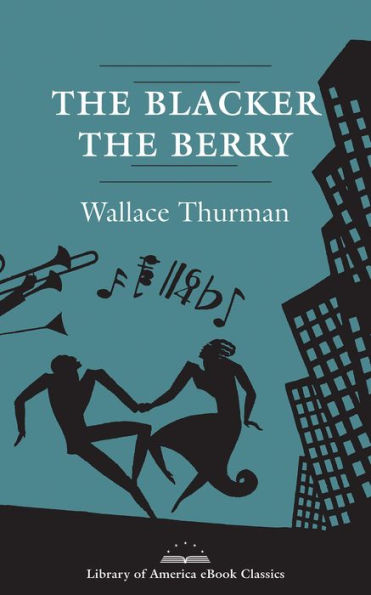5
1

The Blacker the Berry: A Novel of Negro Life: A Library of America eBook Classic
147
The Blacker the Berry: A Novel of Negro Life: A Library of America eBook Classic
147
2.99
In Stock

Product Details
| ISBN-13: | 9781598535761 |
|---|---|
| Publisher: | Library of America |
| Publication date: | 12/05/2017 |
| Series: | Library of America E-Book Classics |
| Sold by: | Penguin Random House Publisher Services |
| Format: | eBook |
| Pages: | 147 |
| Sales rank: | 563,667 |
| File size: | 544 KB |
About the Author
From the B&N Reads Blog
